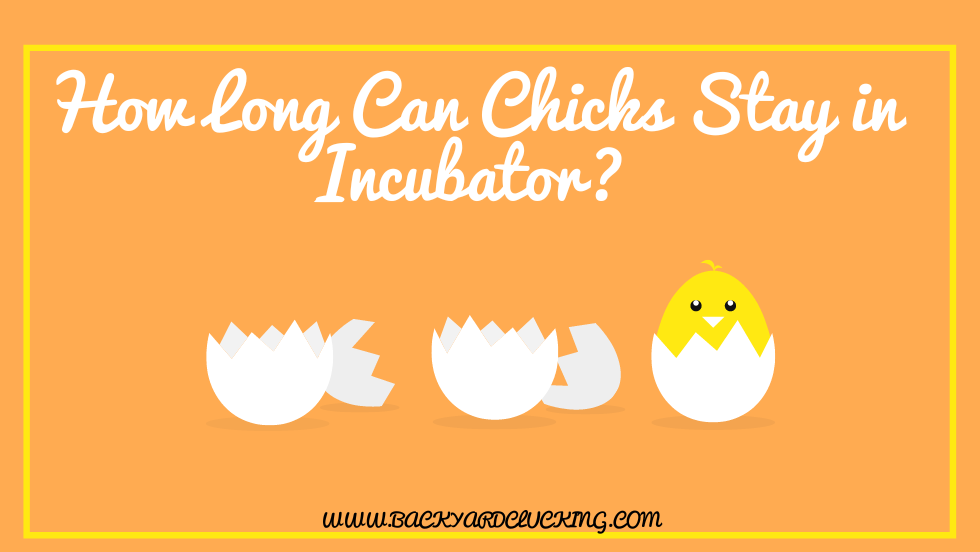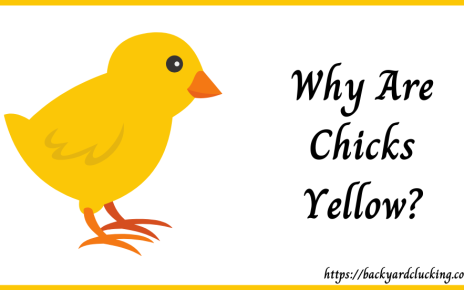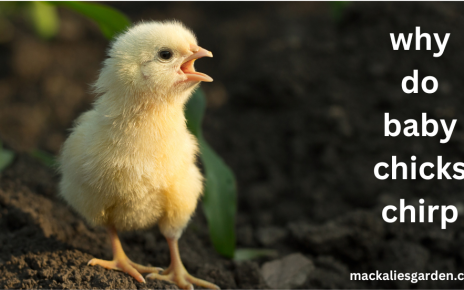It’s a fascinating process watching chicks develop from tiny eggs into fully-grown birds, and it all starts with the incubator. As an egg incubator enthusiast, you may be wondering how long a chick can remain in its cozy chalet before taking the leap into their feathered new world. Fortunately, there’s no one-size-fits-all answer to this question—it depends on several factors related to both the egg and its environment! Let’s look at what conditions have to be favorable for hatching success, so your little beauties will flourish after emergence from their shells.
How long can chicks stay in incubator?
The recommended time to wait between hatching and removing chicks from the incubator is 1-24 hours. The earliest possible removal should be no sooner than one hour after the first hatchling emerges. Ideally, when birds are ready for removal, they must be able to walk well with dry, fluffy down feathers. If a chick is still wet, it needs to remain in the hatcher until it is dry. Wet chicks will quickly become chilled and often die soon after removal.
If all eggs have not hatched within 24 hours, open the hatching unit and take out any dry chicks while leaving wet birds inside. It’s best to do this at an interval of 18-24 hours after the first chick has hatched. If other chicks are still hatching in the hatcher, open it quickly and take out dry chicks before the humidity lowers too much.
The primary reason for not leaving chicks inside the hatcher for prolonged periods is dehydration. Chicks have enough energy reserves to sustain them for three days, but they lack an additional source of moisture. To check if a chick is dehydrated, look at its shanks – if they are angular and have sharp edges, the bird is in a state of stress. Make sure that fresh, cool drinking water is always available in the brooding area.
A Comprehensive Guide to Incubating Chicks
As a poultry specialist, I have prepared a comprehensive guide to successfully incubate and hatch healthy chicks. This guide will explore the following topics:
- Ideal Temperature, Humidity, and Ventilation for Incubators
- Best Practices for Managing Eggs
- Physiological Changes During Incubation
- Caring for Chicks Post-Hatch
- Potential Difficulties in the Process
Ideal Temperature, Humidity, and Ventilation for Incubators
Temperature
The optimal temperature for incubating chicken eggs is 99.5°F (37.5°C) if you are using a forced-air incubator (one with a fan) and 101.5°F (38.6°C) for a still-air incubator (without a fan). It is crucial to maintain a constant temperature throughout the incubation period. A variation of 1°F may not harm the eggs but try to avoid fluctuations.
Humidity
The ideal humidity level changes depending on the stage of incubation. For the first 18 days, maintain a humidity level of around 45-55%. On the last 3 days (19-21), increase the humidity to approximately 65%. This is to help soften the shell and assist the chick in hatching. Utilize a hygrometer to monitor the humidity levels in the incubator.
Ventilation
Proper ventilation is crucial for successful incubation. Incubators should have vents that allow fresh air in and stale air out. The exchange of air helps regulate temperature and humidity and provides oxygen for the developing embryos.
Best Practices for Managing Eggs
Storage
Before placing eggs in the incubator, store them for no more than 7 to 10 days at a temperature of 55°F (12.8°C) and a humidity of 75%. Turn the eggs once daily to prevent the yolk from settling and sticking to the shell. Storing them beyond 10 days may result in a decrease in hatchability rate.
Non-Viable Eggs
Inspect the eggs for cracks, deformities, or irregularities before placing them in the incubator. You can use a process called “candling” to determine the viability of the eggs. Hold the egg up to a bright light in a darkened room. An unviable egg will remain clear, while a fertile egg will show a small developing embryo with visible blood vessels.
Physiological Changes During Incubation
Embryos undergo significant physiological changes during the 21 days of incubation:
- Day 1-3: The embryo’s primitive organs and systems begin to develop.
- Day 4-6: Major organs, including the heart, become more developed and functional.
- Day 7-10: The chick’s body structures, such as limbs, feathers, and beak, become more defined.
- Day 11-14: The chick starts to build muscle and accumulates calcium for bone development.
- Day 15-18: The chick continues to grow and takes up most of the space within the egg.
- Day 19-21: The chick prepares to hatch, absorbing the yolk sac and positioning itself to break through the shell.
Caring for Chicks Post-Hatch
Once the chicks have hatched:
- Leave them in the incubator for 1-24 hours before transferring them to the brooding area.
- Place the box in a warm, draft-free location with constant temperature and humidity levels.
- Provide fresh water and food (e.g., starter feed).
- Monitor chicks regularly for signs of illness or deformity.
- Check the temperature regularly to ensure it is at the right level.
- Keep the brooding area clean and free from diseases and parasites.
- Ensure that the chicks have plenty of space to move around in their box as they grow older.
Potential Difficulties in the Process
Hatching chicks can be a rewarding experience, but there are potential difficulties to consider during incubation.
- Incubators may not be large enough to accommodate the number of eggs you intend to incubate, leading to poor hatch rates. If this is the case, it’s important to invest in a larger or better-quality incubator before beginning the process.
- Temperature and humidity levels must be monitored closely throughout the 21-day period. If these levels fluctuate too much, it can lead to dead embryos and low hatch rates.
- Poor ventilation can lead to a buildup of carbon dioxide in the incubator, which can be fatal to embryos.
- Dirty incubators or contaminated eggs can cause disease, infection, and other complications for chicks post-hatch.
- Inadequate nutrition and water during incubation can lead to weak or deformed chicks that will not survive.
Conclusion
Successfully incubating and hatching healthy chicks requires attention to detail, diligence, and patience. Following the guidelines outlined in this guide should help you achieve a successful hatch rate. However, I am available for consultation throughout the process if any questions or difficulties arise.




